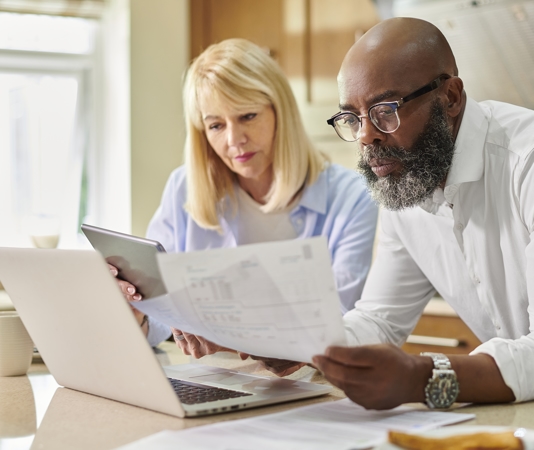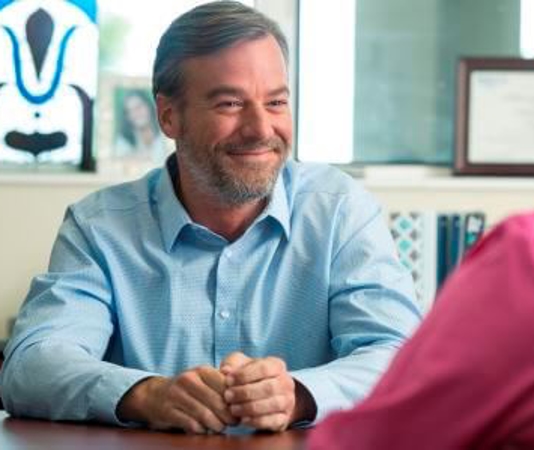During this year’s Spring Cleaning at your loved one’s house, you donated several things and threw other items away, but it is possible you forgot a key step – making sure each room is safe.
Many people who could benefit from senior home care have a high risk of falling while at home. According to the Centers for Disease Control and Prevention (CDC), one in every three adults age 65 and older falls each year. A dangerous fall could lead to broken hips or head injuries, but each family can make changes around the house to limit the risk of falls.
To coincide with both Home Safety Month and Senior Safety Month, it is a good idea to go through the home to find ways to mitigate falls. Falls can happen because of physical or environmental reasons. Some medications or medical conditions, such as arthritis or the symptoms of a chronic disease, can increase the likelihood of a fall. Additionally, as a person’s abilities change with their age, the layout of certain rooms may no longer be safe. Often small and relatively inexpensive changes in each room can make a big difference.
“Some changes – like replacing a standard toilet with a comfort-height model or adding pull-down accessories for your kitchen wall – can be reasonably affordable,” said Jamie Goldberg, a Certified Aging-in-Place Specialist
While other changes, like creating a barrier-free shower or home entry, widening doorways and remodeling a kitchen for accessibility involve more time investment, these expenses can often be less than medical bills following a fall.
“I design homes for seniors and those who have special needs to make them safer and extend their quality of living,” said Leslie Markman-Stern, an interior designer (www.lesliemsterndesign.com). “I start with conducting a safety assessment of their home by going through each room and making recommendations. One room I pay particular attention to is the bathroom. I design ADA (American with Disabilities Act) compliant bathrooms so if they are currently using wheelchairs or walkers they can navigate the space more easily.”
Our local office can also make assessments and recommendations when meeting with people for the first time. Each evaluation comes with a free fall-risk assessment.
Slippery When Wet
Safety Steps for Bathrooms:
- Grab bars
- A hand shower with seat
- Replace standard toilet with comfort-height model
- Non-skid floors
- Additional lighting
- Walk-in showers (no thresholds)
- Blocking-in walls to support grab bars
- Vanity cut out to make sink wheelchair accessible
- Specifying levers instead of knobs for faucets and handles
“I helped my father-in-law, a stroke victim and Vietnam War vet, modify his bathroom and it was one of the most satisfying professional experiences of my career,” Goldberg said.
She says the kitchen and bathroom both have similarities in the types of alterations that can help.
Safety Steps for Kitchens:
- Pull-down accessories
- Non-skid mats
- Levers instead of knobs
- More lighting
Many home safety changes in other areas of the home include simple ideas that can be done in an afternoon.
Safety Steps for Other Rooms & Hallways:
- Increase lighting
- Remove clutter
- Tape down loose rugs
- Keep a flashlight near stairs for nighttime use
- Install nightlights
While changes in the home can help, doctors can also create fall-prevention plan. A doctor creates this plan starting with a medication review to determine if any side effects can affect balance. Also, doctors can perform medical assessments to determine any issues with a person’s eyes or ears. If a person has arthritis, it can make them weaker on their feet.
Simply changing what a senior wears on their feet can make a difference. It is a good idea to avoid shoes that slip off easily, that make balance more precarious (like high heels), or that do not provide much support (like flip-flops).
Guide to In-Home Senior Safety
Another way to limit fall risks is to increase the amount of someone’s physical activity. With a doctor’s approval, older adults can take walks, join water aerobics, or learn tai chi. Find more about safe ways to stay active while improving strength, balance, coordination and flexibility here: Keeping the Body Healthy Helps Brain Health.
A physical therapist can also help a senior learn ways to avoid falls through customized exercise programs.
Summary of Other Safety Tips:
Get a professional fall-prevention plan from a physician
Wear shoes that fasten – no high heels or flip-flops
Exercise





